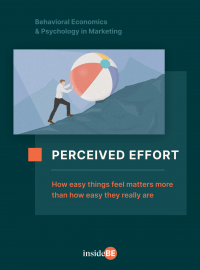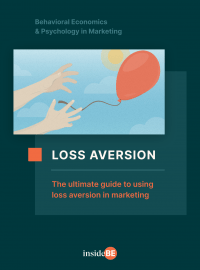Case Study: Fundamental Mistakes in Email Communication That Impact Asana’s Upselling Efforts

In this case study, you’ll discover:
- One of the biggest barriers that prevents customers from taking action;
- What Asana is doing wrong when messaging its customers and how this communication can be improved;
- How giving literally any reason for the customer to act is better than no reason at all; and
- How to create a sense of urgency to make your customer act.
Have you ever been to a restaurant with your child? If so, then you’ve probably experienced that panicky feeling when your child starts screaming like a banshee. Everyone in the restaurant is giving you dirty looks while you try to pacify your child, wishing you could just disappear from this awkward situation. But suddenly your child stops crying when you hand him/her a treat.
The child has taught you a lesson here: he/she wanted you to do something, so he/she gave you a damn good reason to do it and to do it now. The same principle applies to your customers (and no, you don’t need to scream at them): if you want them to act, you need to give them a reason and create a sense of urgency.
Why? Because there’s something called status quo bias. As Matej Sucha, the CEO of MINDWORX puts it: “We tend to do nothing or stick to our previous choices. We don’t want to change anything and won’t unless there’s a good reason for it.”
So if you’ve ever wondered why your customers aren’t taking action, switching over to a better deal, upgrading their plan, answering your emails, or taking up an offer even if it seems like a no-brainer, status quo bias is why.
As we tend to learn best by example, here’s an example on how not to do it.
Asana’s ineffective emails
Asana, the project management software, is a great tool when it comes to project management. Their communication, however, could use a bit of tweaking.
Let’s see what their emails look like when you sign up, invite your teammates, but then exceed the maximum limit of members. You’ll get a sequence of emails that look the same with a subject line that goes like this.

Source: Gmail
When you open the email, the message you’ll see reads: “INSIDEBE.com Team is over its limit. Add more members”
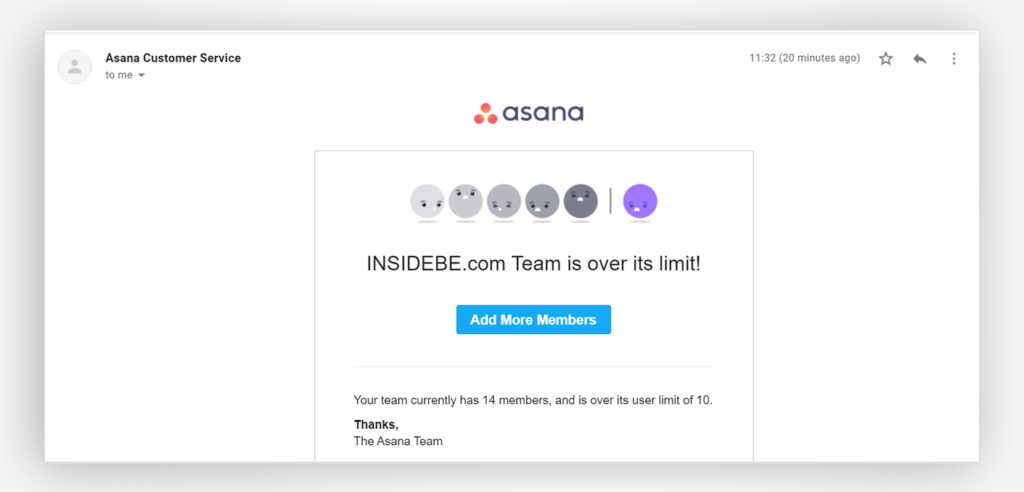
Source: Gmail
The message is pretty clear. You are over the maximum limit of team members, so you need to add more users to your plan. “But what if you don’t?” Matej asks, adding: “This is a great example of a simple but totally ineffective message. It doesn’t explain why I should do it, why I should do it now, and how difficult it will be.”
Let’s now have a look at these three aspects one by one, explaining them and suggesting how the message should be changed.
Give the customer a reason to act
There’s famous psychology research from the late 70s where the authors wanted to find out how people react when given a reason to do something, and how they react without being given a reason at all.

Discover ground-breaking ideas and fascinating solutions.
The researcher attempted to do something that everyone hates: ask to cut in line. In this case, it was the line to use the copy machine. He simply asked the person waiting in line to let him use it first. The researcher approached people with one of three questions:
- Version 1 with no reason at all: “Excuse me, I have 5 pages. Do you mind if I use the xerox machine?”
- Version 2 with a rational reason: “Excuse me, I have 5 pages. Do you mind if I use the xerox machine before you? I have a really important meeting in about 5 minutes and I’m in a bit of a rush.”
- Version 3 with… a kind of dumb reason: “Excuse me, I have 5 pages. Do you mind if I use the xerox machine before you because I have to make copies?”
In Version 1 (with no reason at all), 60% of people let the researcher skip ahead of them in line. In Version 2 (the one with a rational reason), 94% of people did so. But what about Version 3? It’s obvious you need to make copies. Everybody in line is waiting for the same thing, so they definitely wouldn’t let you skip in line… right?
Wrong! Surprisingly, 93% of people let the researcher skip ahead in Version 3, simply because there was at least some reason for them to do so, even if it wasn’t a particularly good one.
In the Asana emails, you don’t get any reason or explanation whatsoever. If Asana wants the customers to do something, they must tell them why.
What if instead, Asana sent you an email sounding like this:
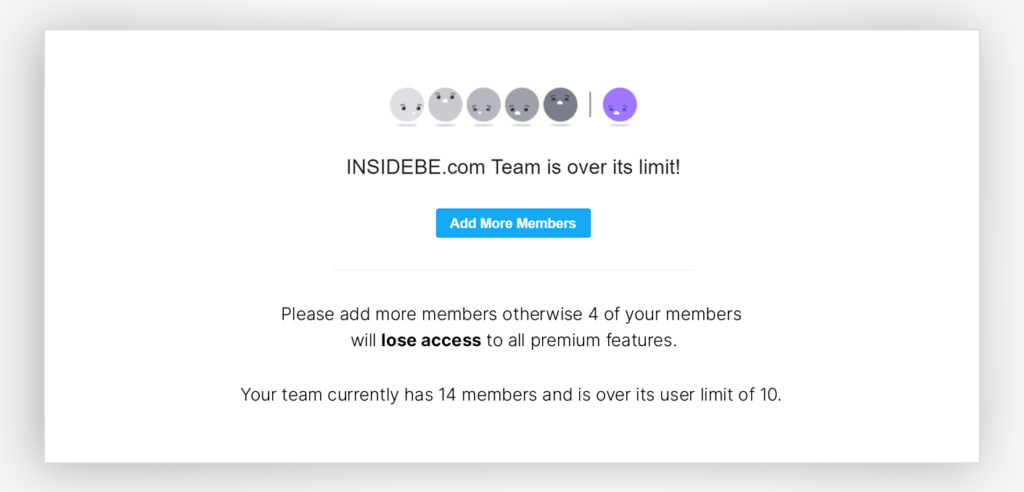
Source: InsideBE
Okay, now you know why you should deal with the issue in the first place. Asana gave you the reason. But there’s a whole lot more that Asana could work with.
Create a sense of urgency
As Matej explains: “Even if you have a reason why, but don’t have a reason why you should act right now, chances are that you still won’t do anything. That’s why companies have to create a sense of urgency.”
Even if you have a reason why, but don’t have a reason why you should act right now, chances are that you still won’t do anything. That’s why companies have to create a sense of urgency.
This is what the message from above would look like with a little bit of urgency:
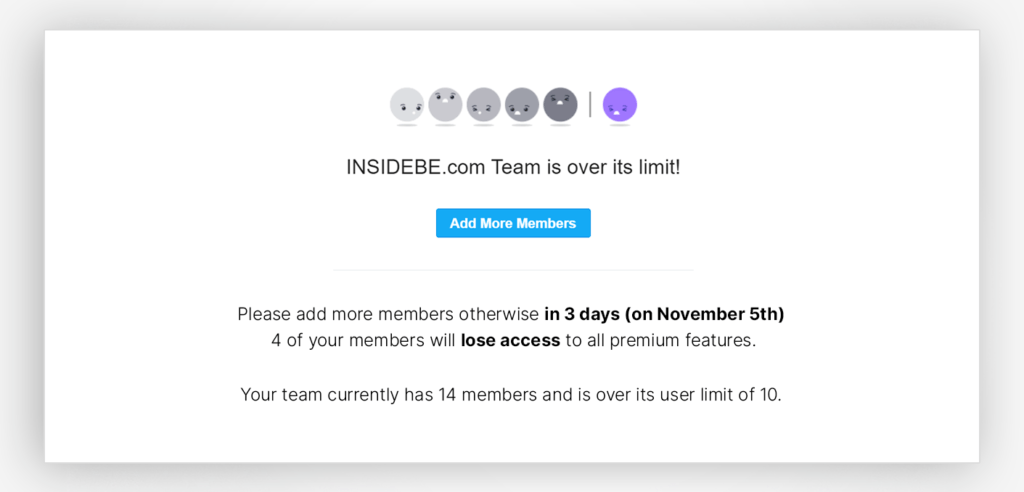
Source: InsideBE
Loss Aversion
We are roughly 2.5 times more sensitive to losses than we are to gains of similar size. A message framed as a potential loss might therefore be more persuasive.
It suddenly sounds very different and timebound. “Oh shoot,” you might think. “I better deal with this issue ASAP!”
You can also adopt quick strategies from this ebook on loss aversion for more ideas.
A good example of how to create a sense of urgency can be found in a case study done by 1-800-Flowers. They wanted customers who left items in their cart to finish their purchase, so they approached them with a push notification:
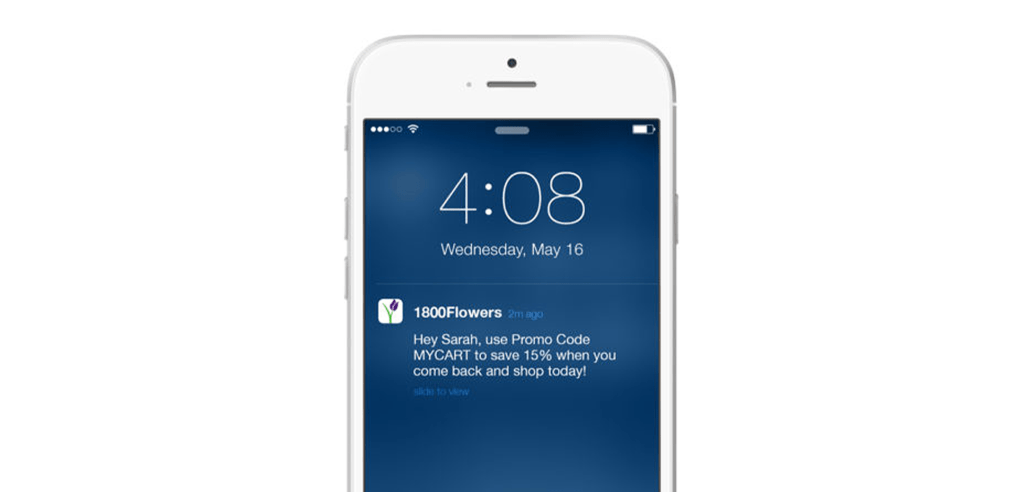
Source: Braze
The discount code was valid for that day only, and customers would lose out on a good deal if they didn’t redeem the code straight away! And just like that, the company increased its abandoned shopping cart conversions by 350%.
There’s also one more thing Asana can do to make their message more effective.
Make the desired behavior seem easy
Last but not least, you need to outline very specifically what the customers need to do, how easy it is, and that it won’t take them much time.
This principle is called perceived effort, and as Matej puts it: “People often decide whether or not to do something based on not only how hard it actually is, but also on how hard it seems to be.”
Perceived effort
The perceived effort is not about what your customers have to do, but how difficult they feel it is. It can be easily changed with the right choice of words or structure of information.
Matej continues: “The Asana message doesn’t work with this at all. When I read it, it seems like a huge hassle. Like something that will take me half an hour to deal with. Combine it with the status quo bias, and you can almost be certain the customer won’t do anything about it.”
Decreasing perceived effort works like a charm. Check out this case study by MINDWORX Behavioral Consulting where using this principle helped increase the number of received CVs by 154%.
To our brains, the perceived effort is what counts. As Matej puts it: “Humans are pretty lazy. If something looks like a drag and doesn’t seem very important at the same time, we just won’t do it.”
So how could Asana highlight how easy and simple the action is? Let’s put the cherry on top of our already improved copy:
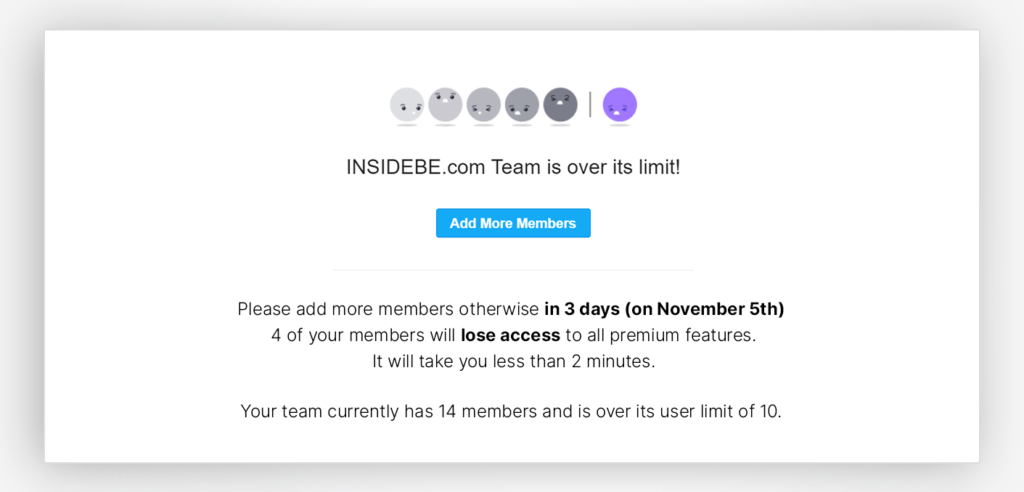
Source: InsideBE
When messaging a client with a call to action, remember: not only does it need to be clear to the customers what’s going on. If you want them to take action, it needs to look seamless. If you combine it with a good reason and a sense of urgency, you’re well on your way to making your customer act.
Key Takeaways:
- If you want your customers to do something, give them a reason to do so. Even a simple explanation of your request is better than nothing at all
- Create a sense of urgency. If the customers feel like the matter is urgent, they’ll be more likely to act. Highlight the due date or the consequences of not taking action fast.
- Make the action look seamless. If something seems hard, we won’t do it. Tell your customers how easy it is and how little time it takes.


